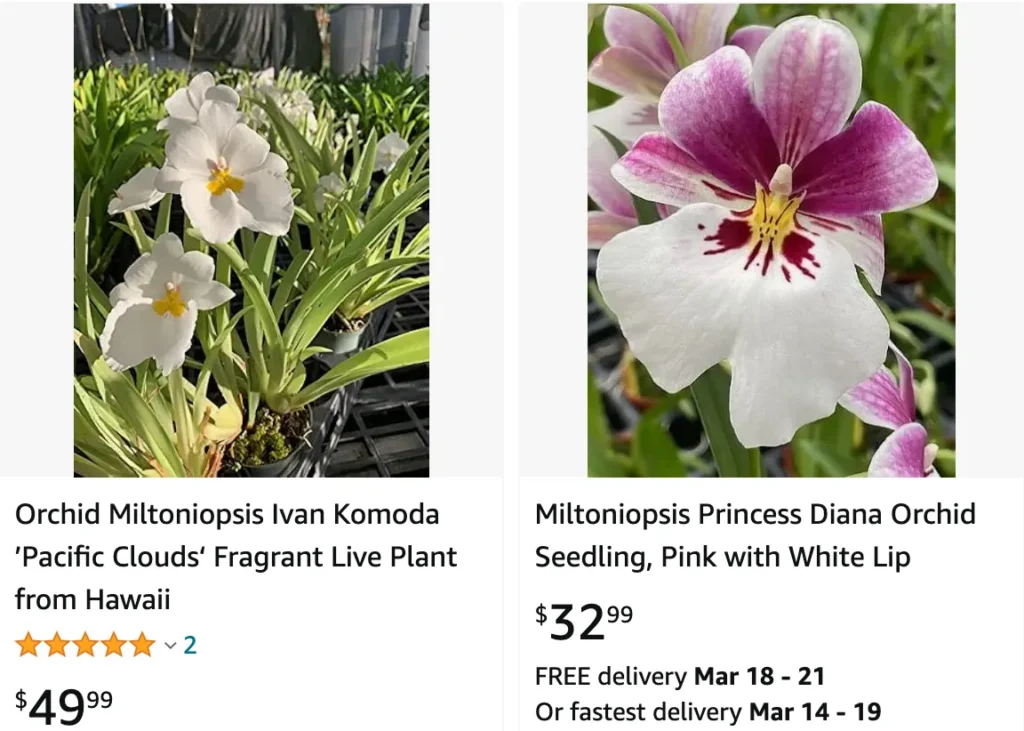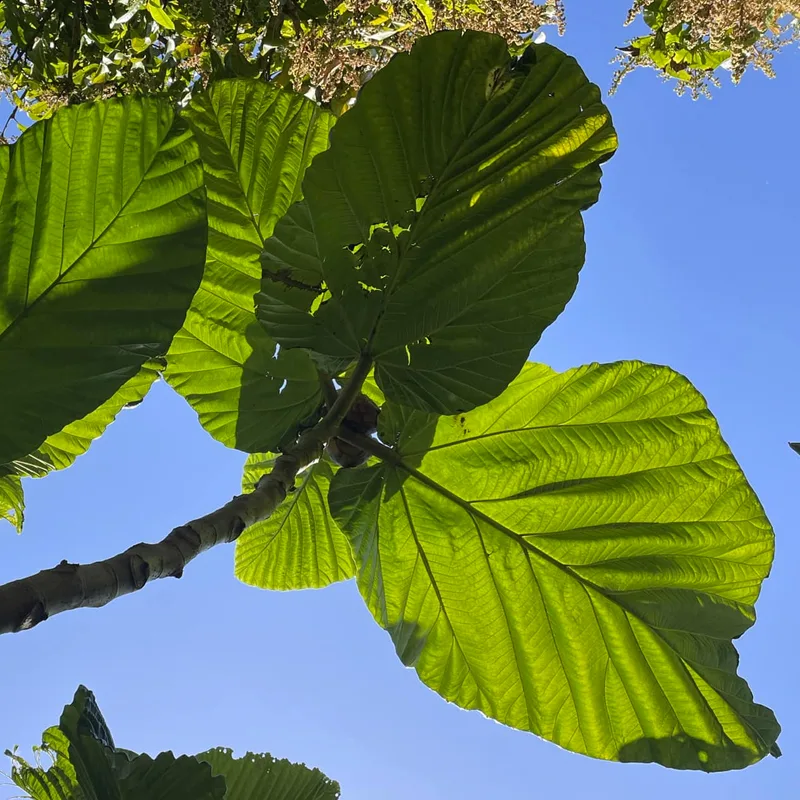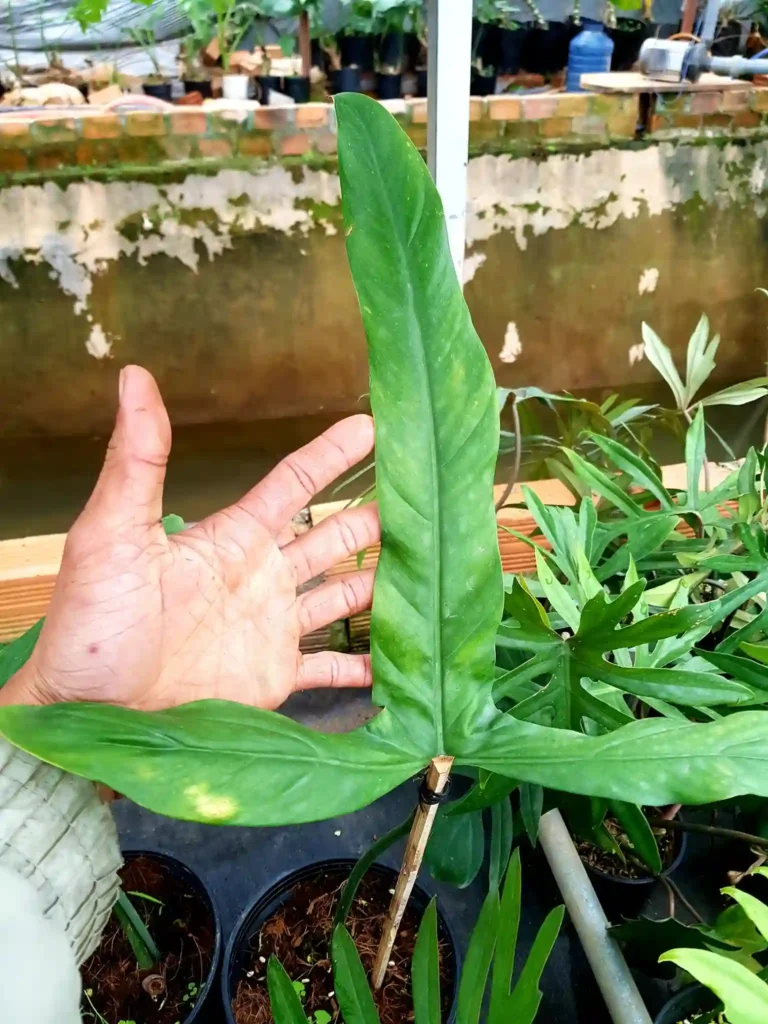
Miltonia Orchid: A Guide to Care and Maintenance
As an avid orchid enthusiast, I’ve always been captivated by the elegance and beauty of Miltonia orchids. These stunning flowers, with their vibrant colors and delicate petals, have a unique charm that adds a touch of sophistication to any space. Over the years, I’ve learned a great deal about caring for Miltonia orchids, and I’m excited to share my knowledge with you.
What is a Miltonia Orchid?
Miltonia orchids, also known as Pansy orchids, are a genus of flowering plants in the orchid family, Orchidaceae. Native to the cloud forests of Central and South America, these orchids are prized for their large, showy flowers and delightful fragrance. With their striking appearance and ease of cultivation, Miltonia orchids have become popular among orchid enthusiasts worldwide.
How to Take Care of Miltonia Orchids?
Caring for Miltonia orchids requires attention to their specific needs. These orchids thrive in bright, indirect light and prefer temperatures between 65°F to 80°F during the day and slightly cooler temperatures at night. They also require high humidity levels, so it’s essential to provide adequate moisture by misting the leaves regularly or placing the orchid on a humidity tray.
Are Miltonia Orchids Poisonous to Cats?
One common concern among pet owners is whether Miltonia orchids are toxic to cats. While Miltonia orchids are generally considered safe for cats, it’s always a good idea to monitor your pets and ensure they don’t ingest any part of the plant. If you suspect your cat has consumed any part of a Miltonia orchid and shows signs of illness, consult your veterinarian immediately.
Can I Keep Miltonia Orchids Outside?
Miltonia orchids are tropical plants and thrive in warm, humid environments. While they can be kept outdoors in suitable climates, it’s essential to protect them from direct sunlight and extreme temperatures. If you choose to keep your Miltonia orchid outside, place it in a shaded area where it can still receive bright, indirect light and ensure it’s sheltered from strong winds and heavy rain.
Do Miltonia Orchids Grow Back?
After blooming, Miltonia orchids will enter a dormant period before producing new growth and flowers. With proper care, including regular watering, fertilizing, and repotting as needed, Miltonia orchids can continue to thrive and bloom year after year. However, it’s essential to be patient and provide consistent care to encourage healthy growth and flowering.
How Often Do Miltonia Orchids Bloom?
Miltonia orchids typically bloom once or twice a year, depending on their growing conditions and care. The flowering period can last several weeks, during which the orchid will produce clusters of colorful blooms that add beauty and charm to any space. To encourage blooming, it’s essential to provide optimal growing conditions, including adequate light, humidity, and temperature.
How to Get Miltonia Orchids to Bloom?
Encouraging Miltonia orchids to bloom requires attention to their specific needs. Providing the right balance of light, humidity, temperature, and nutrients is essential for promoting flowering. Additionally, proper pruning and repotting can help stimulate new growth and encourage the orchid to produce flowers. With patience and care, you can enjoy a bountiful display of blooms from your Miltonia orchid.
How to Prune Miltonia Orchids?
Pruning is an essential aspect of Miltonia orchid care and can help promote healthy growth and flowering. Remove any dead or yellowing leaves and spent flower spikes to encourage new growth and prevent disease. Additionally, you can trim back overgrown roots during repotting to maintain a healthy root system and ensure optimal nutrient absorption.
How to Water Miltonia Orchids?
Proper watering is crucial for the health and vitality of Miltonia orchids. Water them thoroughly when the top inch of the potting medium feels dry, allowing excess water to drain away completely. Avoid overwatering, as this can lead to root rot and other issues. Additionally, consider using a water-soluble orchid fertilizer to provide essential nutrients during the growing season.
When to Repot a Miltonia Orchid?
Repotting is necessary when the orchid outgrows its current container or when the potting medium breaks down and becomes compacted. Typically, Miltonia orchids should be repotted every one to two years to refresh the potting medium and promote healthy growth. Spring is the ideal time for repotting, as it allows the orchid to adjust to its new container before the growing season begins.
In conclusion, Miltonia orchids are exquisite flowering plants that can bring joy and beauty to any home or garden. By providing the right growing conditions and care, you can enjoy a bountiful display of blooms year after year. Whether you’re a seasoned orchid enthusiast or a novice gardener, incorporating Miltonia orchids into your collection is sure to elevate your space and brighten your day.



